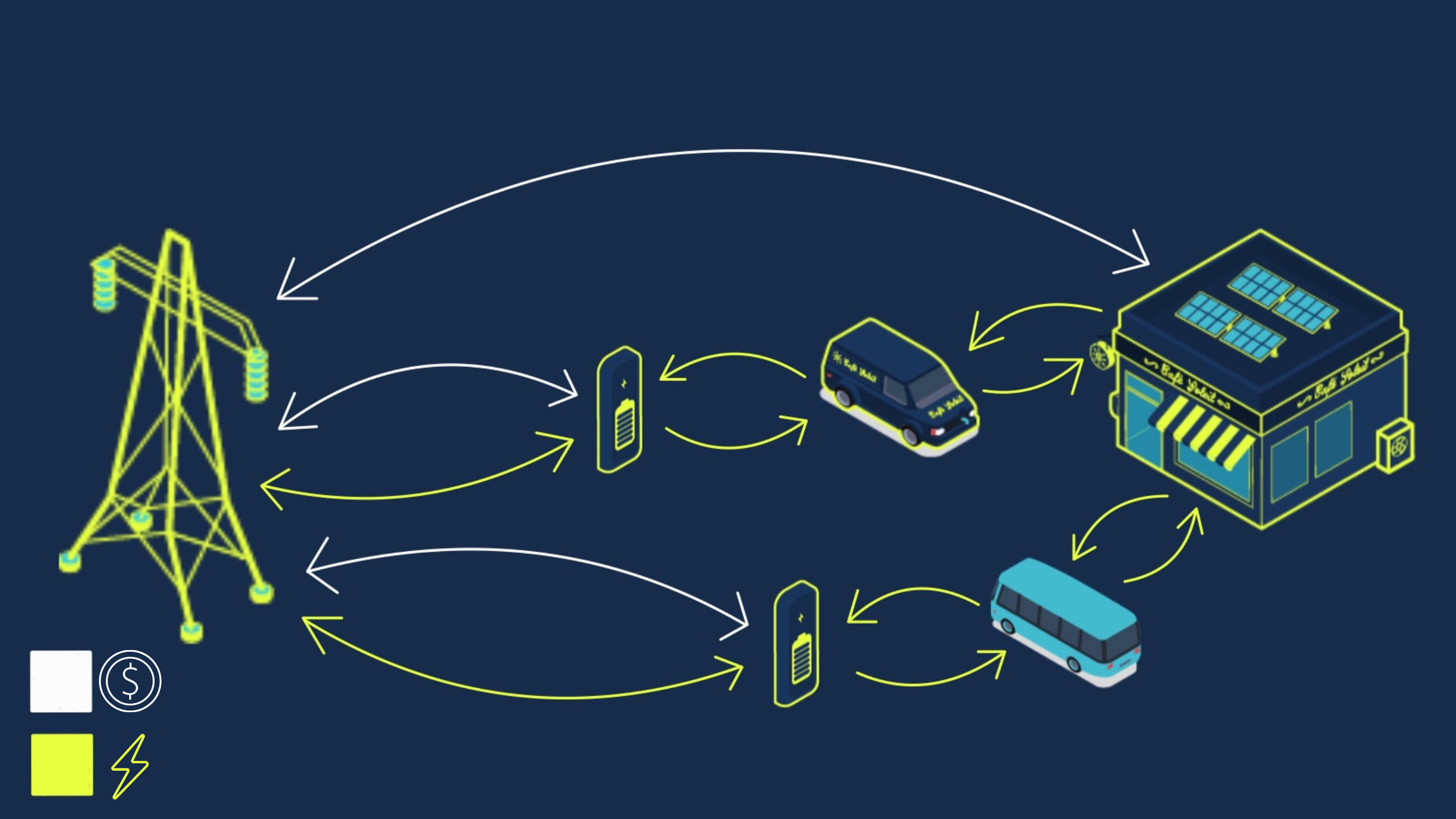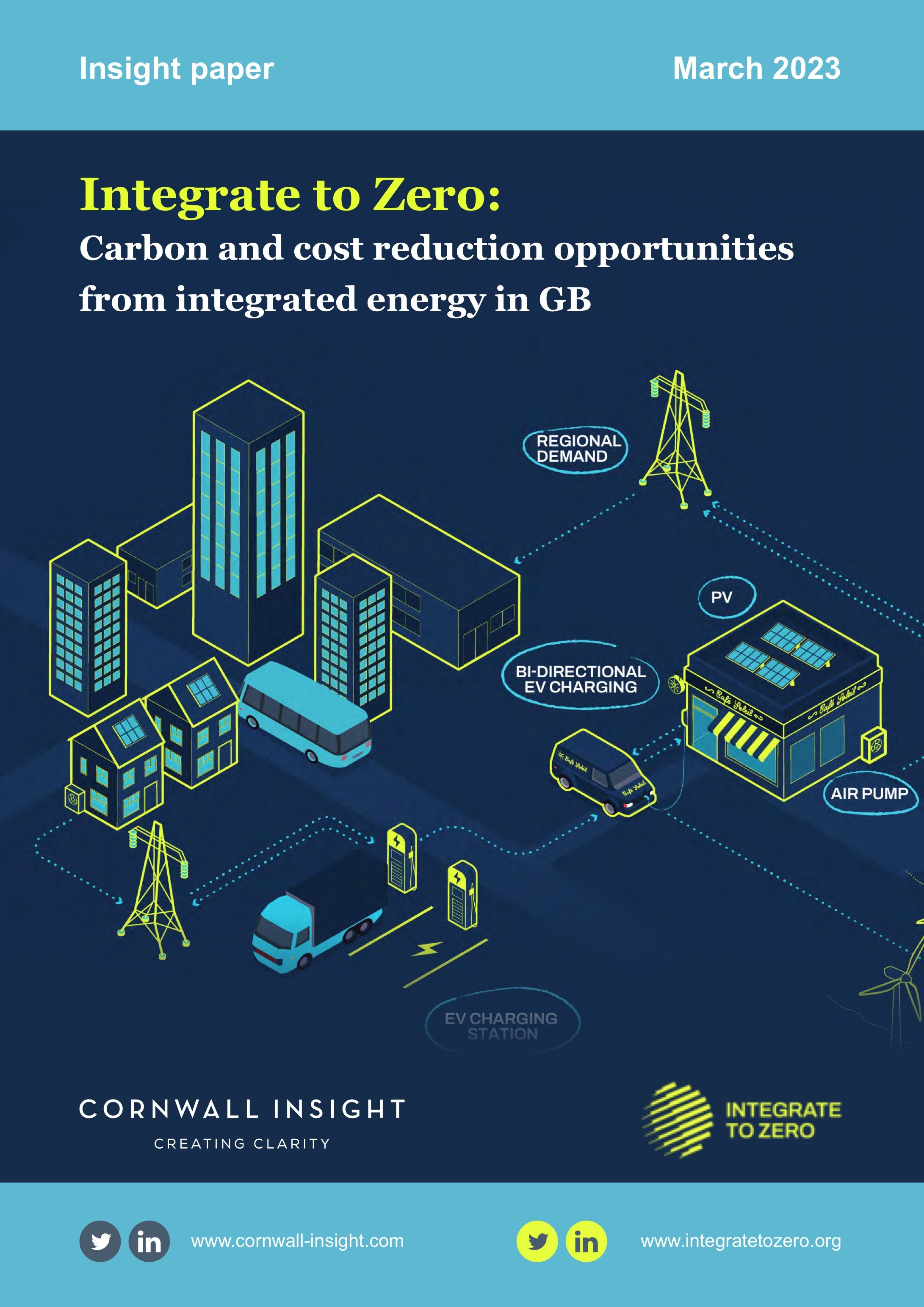The Economics of integrated consumer systems
Solar PV offers ‘the cheapest electricity in history’ (IEA 2020) - cheaper than coal and gas in over half the world (BNEF). The cost of batteries, EVs and heat pumps continues to fall. With increasing ease, energy consumers can buy and operate these assets with energy flowing dynamically between them and the grid. Excess energy can be sold. Our insights take these benefits to the next level by demonstrating that the sum adds up to more than the individual parts. And at the macro level, wider economic benefits are possible with cost reductions in wholesale electricity market prices.
Understanding and calculating the economic value of integrated consumer-generation is complex as it is specific to local characteristics such as business energy needs and costs, solar irradiance, energy market conditions and technology and installation costs. Evidence is still nascent, however Integrate to Zero find positive economic benefits when consumers purchase their own systems.
Insights from Frontier Economics’ modelling on the cost saving opportunity of adopting consumer-centric clean energy systems show that, for the food sector (restaurants, fast food, farms) payback periods can be as quick as 2 years (in a range of 2-8), and that any combination of equipment purchase (solar+storage, solar+storage+EV, solar+storage+EV+heatpump) generates savings compared to solely purchasing from the grid and buying at the pump. The Frontier Economics study looked at case studies in Australia, Spain, Mexico, UK and Kenya. Incorporating dynamic pricing into the modelling could better reflect the value of batteries in systems with variable retail pricing that some countries are moving towards, hence allowing for even greater savings and flexibility.
At a macro-economic level Cornwall Insights find that in the UK integrating on-site, on-road, on-grid technologies vs. deploying them in silo (ie integrated vs. ‘Fit and Forget’) allows for a 25% reduction in electricity wholesale electricity price in 2035. This equates to a wholesale electricity cost saving of £13.9bn and a reduction of 32£/MWh compared to the Fit and Forget pathway. How such a savings opportunity is captured will depend on how the market is regulated. Whether these savings are realised will depend on the extent to which barriers holding back the market are overcome.
Integrate to Zero is also looking at these economic questions in is looking at the economics in different jurisdictions where the market conditions are different but where political ambition for clean energy deployment is rising for other reasons (e.g. Morocco’s energy decentralisation plans and clean energy exports, Nigeria’s energy transition plan, a future ban on diesel generators and pollution challenges). Insights on energy savings potential from consumer-centric clean energy systems in those countries and related reports will be updated on this insight page by the summer of 2023.
Who else has calculated economic benefits of integrated consumer generation?
No one? We haven’t found studies attempting to calculate the economic and cost savings opportunity of integrating bi-directional clean energy technologies, deployable at a consumer level. Yet, the excitement in this sector and the new disruptors (i.e. EV manufacturers and utilities of the future) are already transforming the market place. Many initiatives are tackling consumer, supplier, regulatory or utility-scale challenges to speed the energy transition at all scales. We would love to hear feedback on the studies we have released, to hear what evidence you have and to find partnerships that drive integration further and faster - get in touch!




